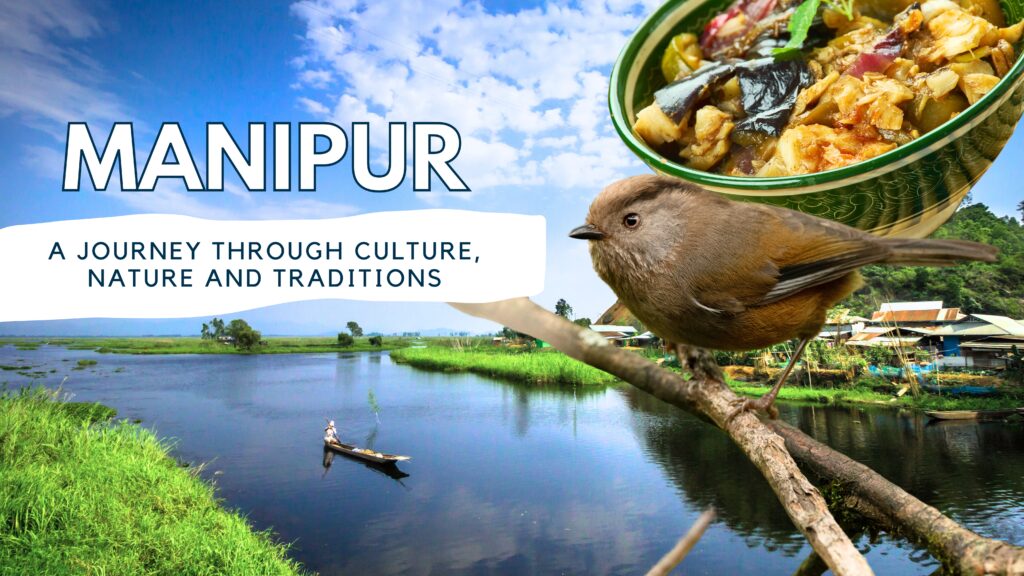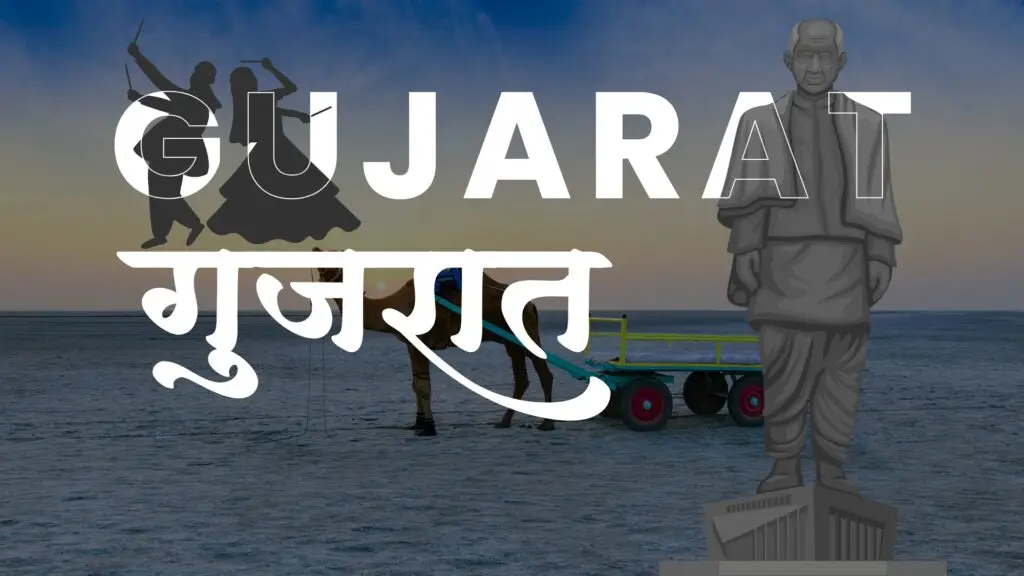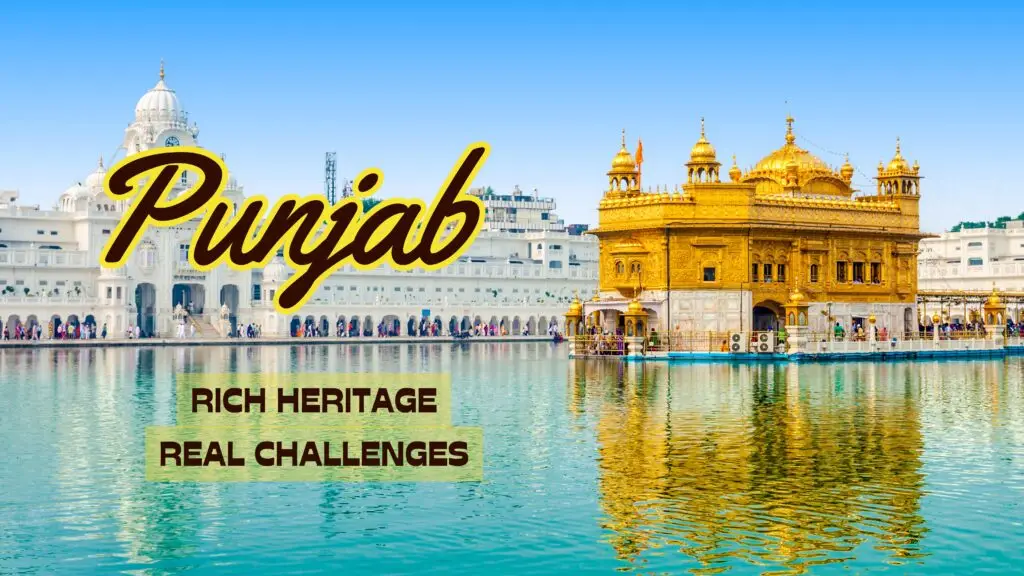Nestled in the far North- Eastern part of India, Manipur is a state of magic beauty and rich cultural richness. A land of rolling verdant hills that merge into a calm valley, a place whose name, the land of jewels, symbolizes the riches it has in terms of history, art and tradition, woven together during centuries past. Manipur is the world in itself that is known as the land of ancient and rich folklore, a dance of incredible beauty, incomparable way of life which has been a subject of its geography and history.
It is not only a beautiful landscape but also a chronicle of survival, a safe haven of different people and a flourishing center of art. Come with us as we travel through this lovely state so we can learn of its fascinating history, its great customs, its soaring geography, and its adventurous road to a changing future.

Manipur’s Royal Heritage
Manipur has a rich history that makes up an interesting story of a kingdom that is more than 2,000 years old. Majority of the Meiteis lived in the valley as an independent kingdom referred to as Kangleipak with their own script, culture and political framework. Hills nearby were the residence of different Naga and Kuki-Chin peoples with their traditions.
- Royal Kingdom: The country was headed by long heritage of Meitei kings which created a strong and separate identity of Manipuries. They fought off numerous invasions from Burma (now Myanmar) and other neighboring kingdoms.
- British Era: During the 19th century Manipur was placed under the protection of British after the First Anglo-Burmese War. The British put up a political agency but the kingdom remained autonomous to a large extent. The 1891 Anglo-Manipuri War became a major game changer; the results saw the Manipuri forces defeated and the kingdom taken under direct British control.
- Post-Independence: Following the independence of India in 1947, Manipur was a princely state which in turn joined the Indian Union in 1949 and was a full-fledged state on January 21, 1972. The history of independence, followed by integration has entailed a distinct political and social dynamic, which defines modern-day identity of the state.
Along with this glorious and turbulent history, pride and fierce adherence to its own cultural heritage developed.
Manipur’s Rich Traditions
Manipur’s culture is a captivating blend of its diverse communities, with the valley-based Meitei people and the various hill tribes (including the Nagas and Kuki-Chin) each contributing their unique traditions, languages, and festivals.
- Language: Meiteilon (also known as Manipuri) is the official language and the lingua franca of the state. It is among the 22 planned languages of India. The hill tribe possesses a set of different dialects and languages.
- Religion: The state has a unique cultural color because the major part of the people are Vaishnavite Hindu and their practice has given the state an exclusive character. Hill districts have Christianity as the predominant religion, and this was due to the missionary work.
- Festivals: Manipur is festival land; festivals are a cultural exuberance that it displays.
- Lai Haraoba: A very old pre-Hindu festival of Meitei people in honor of the universe creation and ancestral gods. It is a lovely ritual dance form.
- Yaoshang: The Manipuri variation of the Holi based on a five days festival that is played out in enthusiasm with traditional sports, dances and music.
- Cheiraoba: The Manipuri New Year, celebrated with feasts and religious rituals.
- Kut: A post-harvest festival of the Kuki-Chin tribes, celebrated to thank God for the bountiful harvest.
- Gang-Ngai: A major festival of the Zeliangrong Naga tribe, celebrated with traditional songs and dances.
- Arts & Crafts: The state has a rich source of local arts and crafts.
- Manipuri Dance: in one of the eight classical dance styles of India, gentle flowing movements, elaborate costumes, and descriptive themes, usually featured the legends of Radha and Krishna.
- Handloom Weaving: Weaving is a developed hands on art; unique designs and patterns. The Phanek (a traditional wrap-around cloth) is a significant piece of Manipuri attire.
- Cane and Bamboo Work: Baskets, furniture and other objects are well made out of bamboo, and cane.
- Pottery: Unique tradition is pottery, and it was more evident in village Nungbi with its special style.
Polo: Modern polo (in Manipur, known as Sagol Kangjei) is considered to have originated in Manipur. The state is immensely proud of this game played by Meitei kings in ancient times.
Geography and Environment
Manipur can be described as a landscape masterpiece with a lying valley with nine parallel hill ranges surrounding the motherland.
- Imphal Valley: The center of state, a peaceful valley with capital city Imphal and population, dominates the valley.
- Hills & Forests: There are dense forests in the surrounding hills along with rich amount of flora and fauna. The different Naga and Kuki-Chin tribes are found to live in these hills.
- Loktak Lake: The net lake in North Eastern India and home to one of the unusual biomasses called Phumdis. The lake is also home to the Keibul Lamjao National Park, the world’s only floating national park, which is the last natural habitat of the endangered Sangai (the brow-antlered deer), the state animal.
- Rivers: Important rivers such as Barak and Manipur create the fertile land of the state as well as its beautiful landscape.
The exclusive environment of the state is under the challenge as well. Another issue is deforestation as a result of shifting cultivation and logging. Massive efforts are underway undertaken by the government and other local organisations to ensure the adoption of sustainable farming methodologies, the formation of conservation zones and also to create a sense of awareness regarding the need to preserve this fragile ecological system.
The Growing Economy
The economy of Manipur is basically an agrarian economy but it is becoming diversified with tourism and other businesses emerging as significant contributors.
- Agriculture: Rice is the staple crop and the state boasts of excellent horticultural produce with pineapples, oranges, and passion fruit taking the cake. Other crops that are of importance include bamboo shoots and other spices.
- Handicrafts & Hand looms: The state has been one of the most famous states concerning its traditional handicrafts and hand looms that has been a significant source of income to some people.
- Industry: The small scale industry is centered on ancient artisanal work, handloom weaving and agro based industries. The government is encouraging the two sectors to generate job opportunities.
- Tourism: The manufacturing industry has seen a substantial growth and tourism of the local state is a major source of the contemporary economy. It supports many individuals both in the hospitality industry, transport sector and crafts within the neighborhood.
Remoteness and the poor infrastructure also affect the economic growth of Manipur. However, the state government is investing in improving roads, air connectivity (Imphal International Airport), and digital infrastructure to connect with the rest of India and unlock its full economic potential.
The Future and Challenges
The issues that Manipur has to contend with are historic as well as developmental:
- Political and Social Uncertainties: The state embraces a history of ethnic tensions and political instabilities and this has affected the development as well as tourism in the state.
- Infrastructure: Inadequate infrastructure is a key obstacle and this includes poor road connections particularly to the hill districts.
- Economic Diversification: The high dependency on agriculture should be switched to less archaic and environment friendly sectors.
- Unemployment: The issue of unemployment is also a central problem as it is becoming difficult to provide good jobs to its literate young generation.
But Manipur is already plotting to map its way to a brighter and better future. The government is paying attention to:
- Peace & Stability: To work on ethnic reconciliation and to facilitate peaceful environment.
- Connectivity: Spending a lot in road networks, a new railway line and air links.
- Sustainable Development: Encourage environmental friendly agriculture, eco tourism and protection of forest.
- Skill Building: Developing the young generation with the talents to the hospitality businesses, IT and other emerging industries.
The Land of Wonder
The hospitality of Manipuri people is welcoming and authentic, and because of the community nature, the people are helpful. Even tourism in the state is an authentic, off the beaten track experience.
- Imphal: The capital city, a hub of culture and history, with attractions like the Kangla Fort and the Ima Keithel (Mother’s Market), a unique all-women’s market.
- Loktak Lake: It is one of the destinations that cannot be missed because it has floating national park, boat rides, and it provides an opportunity to find Sangai deer.
- Moirang: A town with historical significance, home to the INA (Indian National Army) Memorial.
- Floating National Park: Keibul Lamjao National Parkis the only floating national park in the world.
- Ukhrul: Mountainous town surrounding Tangkhul Naga people who are famed angels of the court whose main attraction is scenic beauty and Shirui Lily festival.
- Dzukou valley: Alarmingly beautiful, valley between Manipur and Nagaland, known to the flowing of glorious seasonal flowers and trekking tracks.
- Cultural Immersion: The most effective way of traveling in Manipur is to be there in its festivals and see the cultural dances, music, customs.
The state government is busy with investments in tourism infrastructure, eco tourism promotion and marketing its various cultural and natural tourist attractions to attract more visitors.




